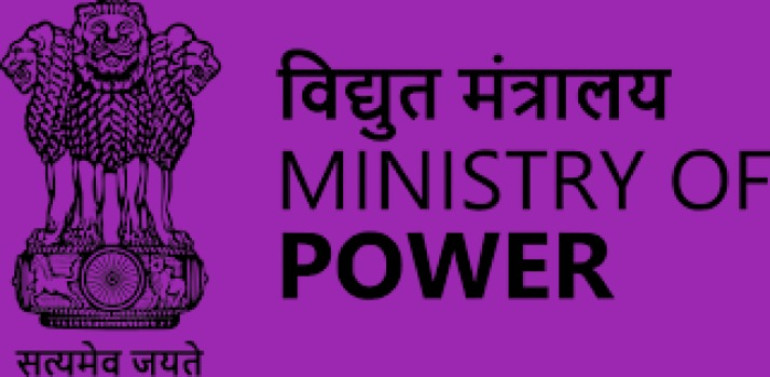
Follow India Renewable Energy News on WhatsApp for exclusive updates on clean energy news and insights
MoP Issues New Right-of-Way Compensation Guidelines for ISTS Projects
Mar 25, 2025
The Ministry of Power (MoP) has introduced supplementary guidelines for determining market rates and right-of-way (RoW) compensation for interstate transmission system (ISTS) projects. These guidelines aim to address challenges that have delayed 14 ISTS projects due to landowners' demands for higher compensation than state-determined rates.
Key Compensation Provisions
- Urban Areas: Developers must pay 60% of land value for municipal corporations and metropolitan land parcels.
- Rural Areas: Compensation is 30% of land value, while municipalities, town panchayats, and other planning areas receive 45% of land value.
- Tower Base Compensation: 200% of land value.
These guidelines apply when landowners dispute compensation due to lower official circle rates. States without existing RoW guidelines may adopt these new provisions or modify them as needed.
Land Valuation Process
- A Market Rate Committee (MRC) will determine the land’s market rate, chaired by the district magistrate/collector.
- Two valuers will be appointed—one from the transmission service provider and one representing landowners.
- The reference market value will be:
- The average of two valuations if the difference is less than 20%.
- Negotiated by MRC if the difference exceeds 20%.
- If negotiation fails, a third valuer will be engaged, and the average of the two closest values will be used.
- The market rate must be determined within one month of the application.
Implementation & Regulatory Implications
- The transmission service provider bears valuation costs, included in the RoW compensation.
- The district collector may approve ISTS construction once RoW payments align with the MRC-determined market rate.
- If RoW costs exceed the original tariff estimates, developers can seek relief from the Central Electricity Regulatory Commission (CERC) under change-in-law provisions.
These reforms aim to streamline ISTS development, ensuring fair compensation while reducing delays in transmission infrastructure growth.